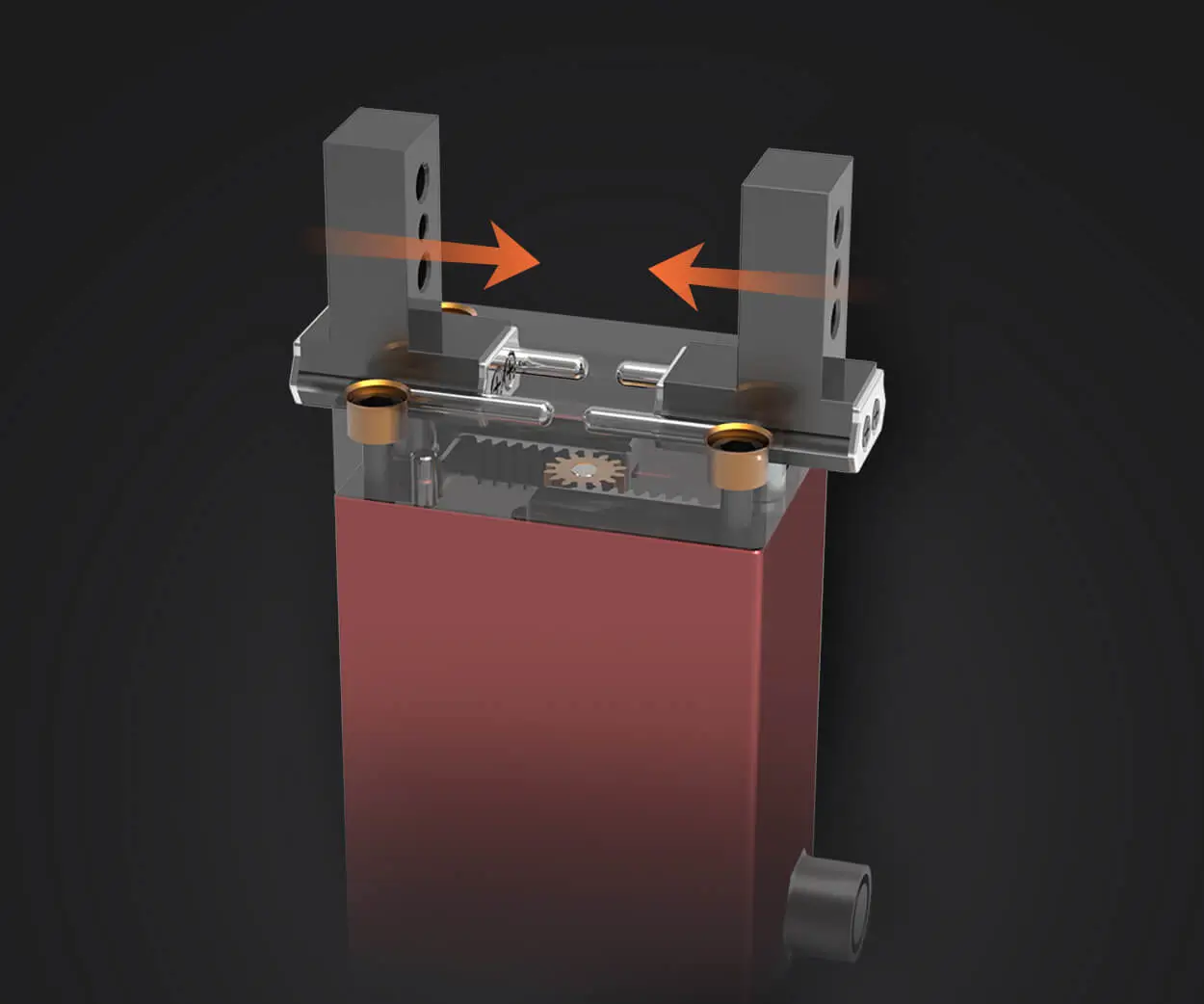Unraveling the Magic of Motion: How Does a Servo Motor Work?
Imagine a tiny but mighty engine that can precisely control the position, speed, and torque of a mechanical system—sometimes it’s even invisible to the eye, yet it powers some of the most advanced robots, drones, and even camera autofocus systems. Welcome to the world of servo motors! These compact yet sophisticated devices are the backbone of precise motion control across countless disciplines. But how exactly do they work? Let’s take a journey into their intricate world.

What is a Servo Motor?
A servo motor isn’t just your average electric motor. Think of it as a high-powered, smart motor with a brain—an integrated system designed specifically for precision. It’s widely used in robotics, industrial automation, remote controls, and many other fields where fine-tuned movements make all the difference.
In essence, a servo motor is a device that converts electrical signals into precise mechanical position control. Unlike traditional motors that simply run continuously when powered, a servo motor responds to a control input—say, a signal from a microcontroller—and strives to reach and hold a specific position.
The Core Components of a Servo Motor
At the heart of a typical servo system are several essential parts working in harmony:
The Motor: Usually a small DC motor or an AC motor, capable of spinning swiftly but needing guidance for precise control. The Gearbox: This reduces the motor’s high-speed rotation into a more manageable, torque-rich output. The gear reduction enhances precision. The Feedback Device (Encoder or Potentiometer): Acts as the sensor, constantly measuring the motor's position and sending the data back to the controller. The Controller (or Driver): The brain of the system, comparing the feedback data to the desired position, and adjusting the motor's inputs accordingly.
The Feedback Loop: Where the Magic Happens
A servo motor’s secret sauce is its closed-loop control system. Imagine aiming a drone at a specific waypoint; the system continuously checks where it is and makes tiny adjustments to stay on course. That’s essentially what the feedback mechanism in a servo motor does.
When a command signal is issued—often a Pulse Width Modulation (PWM) signal—the controller interprets it as a target position. It then energizes the motor to rotate until the feedback device indicates that the motor has reached the specified position.
If, for example, the wheel is off by a small angle, the feedback sensor detects this discrepancy. The controller instantly processes this data and adjusts voltage and current to the motor, nudging it back to the perfect spot. This rapid, continuous cycle keeps the motor exactly where it needs to be, with remarkable accuracy.
How Does the Control Signal Work?
Though different systems may use different formats, most hobbyist and industrial servos rely on PWM signals for control. In simpler terms, this is a type of digital pulse that varies in duration—its width representing the target position.
For example, a 1.5 ms pulse might correspond to the center position, while shorter or longer pulses command an angle to the left or right. The servo’s internal circuitry interprets these signals and drives the motor accordingly.
Within the control circuitry, a comparison is made between the desired position (the command PWM value) and the current position (feedback sensor input). Any difference produces an error signal which prompts the motor driver to react. Small errors produce minor adjustments, ensuring the motor moves smoothly and hits the target position quickly without overshoot.
The Power of Precision: Accuracy and Torque
One of the key advantages of servo motors lies in their pinpoint accuracy and torque capabilities. They can hold a position against external forces, or move swiftly from one point to another with minimal delay. This makes them perfect for applications requiring precision, such as robotic arms assembling tiny electronic components or camera gimbals stabilizing a shot.
The gear ratio in a servo also plays a critical role—higher gear ratios mean greater torque but potentially less speed and lower resolution, creating a delicate balance depending on the application.
Different Types of Servo Motors
Servo motors come in various types, each suited to different needs:
AC Servo Motors: Common in industrial automation for their high power and durability. DC Servo Motors: Widely used in hobbyist and small-scale projects for their simplicity and affordability. Brushless Servo Motors: Offer high efficiency and longevity, used in high-end robotics and aerospace.
Each type varies in design but shares common features—feedback system, precise control, and a built-in gearing system.
Real-World Applications: Where Precision Meets Action
From drone camera stabilization to robotic surgical tools, servo motors are everywhere. They enable machines not just to move, but to move with exquisite accuracy and repeatability. They form the nervous system of an automated factory, guide the robotic limb in a delicate operation, or stabilize a satellite dish pointing toward the stars.
Their ability to convert simple electrical signals into controlled, exact movements is nothing short of remarkable. All that complexity woven into a compact package—truly a marvel of modern engineering.
But this is just the beginning! In the second part, we’ll explore how these components work together in practice, delve into some advanced types of servo systems, and imagine the future innovations inspired by this tiny powerhouse.
Leveraging innovations in modular drive technology, Kpower integrates high-performance motors, precision reducers, and multi-protocol control systems to provide efficient and customized smart drive system solutions.




































